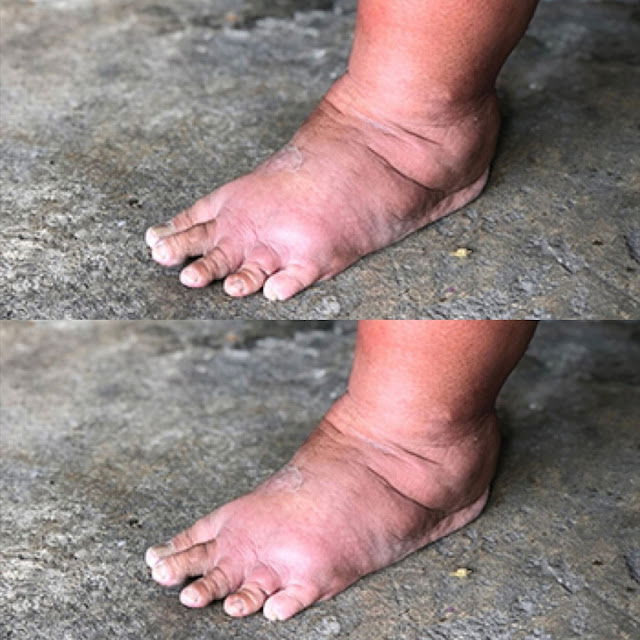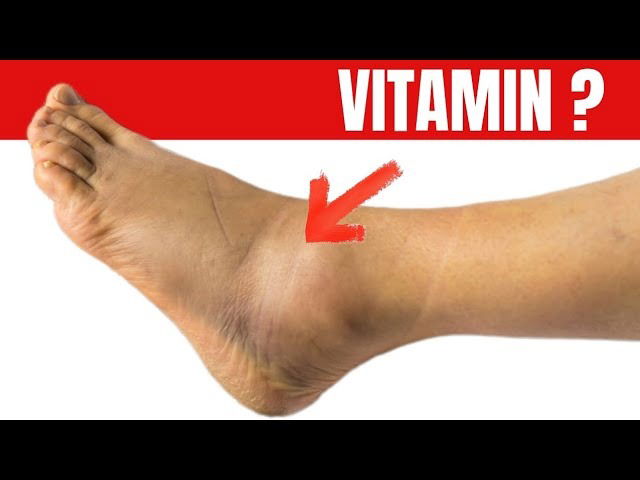
Edema, or swelling, of the extremities may be a bothersome and sometimes painful condition. Inflammation and fluid retention are common causes. Vitamin B6 stands out among the many helpful methods for managing and reducing edema. How to reduce swelling with vitamin B6 and how to include it in your diet are explained below.
Why is Vitamin B6?
Pyridoxine, or vitamin B6, is vital for several physiological processes, including inflammatory regulation and fluid homeostasis. Protein, lipid, and carbohydrate metabolism, as well as neurotransmitter and red blood cell formation, are all aided by it.
Methods by Which Vitamin B6 Minimizes Inflammation
1. Maintains a Healthy Fluid Balance
To aid in the excretion of surplus fluid, vitamin B6 functions as a natural diuretic. Swelling due to fluid retention may be greatly reduced in this way.
The Process:
Edema may be prevented or reduced with the aid of vitamin B6, which promotes the excretion of excess water and salt, thereby keeping the body’s fluid balance in check.
2. Minimizes Inflammation
Because of its anti-inflammatory characteristics, vitamin B6 is useful for reducing pain and swelling. Arthritis and other inflammatory disorders are often accompanied by inflammation, however it may relieve this.
The Process:
Taking vitamin B6 helps alleviate swelling and pain by lowering inflammation in the body’s cells.
3. Encourages Proper Circulation
Preventing edema requires good circulation. Hemoglobin aids in blood flow and tissue oxygen delivery, and vitamin B6 helps produce more of it.
The Process:
Reduced risk of edema in the limbs is a direct result of better blood flow, which helps avoid fluid collecting in the extremities.

What to Eat and How to Get It Vitamin B6 is abundant in bananas, which are both delicious and easy to get
- Lean meats such as chicken and turkey are rich sources of vitamin B12.
- You can get a lot of vitamin B6 from fish, such tuna and salmon.
- Simple and adaptable, potatoes and sweet potatoes are great options.
- An excellent plant-based food source of vitamin B6 is chickpeas.
- A lot of cereals have B6 and other important vitamins added to them.
Appropriate Dosage Per Day
For people, the recommended daily consumption of vitamin B6 might vary depending on age and sex, but often falls between 1.3 and 2.0 mg. Vitamins are best obtained from diet, however supplements may be purchased if necessary. Before beginning a new supplement regimen, it is important to check with your healthcare professional.
Hints for Maximizing Outcomes
- Eat a Variety of Vitamin B6-Rich Foods to Get the Recommended Daily Allowance for a Healthy Diet.
- Maintain an Appropriate Fluid Level by Consuming Adequate Amounts of Water.
- Maintain a Regular Exercise Routine: Exercising regularly may assist decrease fluid retention by increasing circulation.
In summary
When it comes to reducing edema in the limbs, vitamin B6 is an effective weapon. You may feel more at ease and mobile with the aid of this crucial vitamin since it regulates fluid balance, reduces inflammation, and supports healthy circulation. Reduce edema and enhance your overall health by including vitamin B6-rich foods in your regular diet.

















